|
The terracotta architectural model of the early Le Dynasty carries valuable information about ancient royal architecture. |
Deputy Prime Minister Tran Hong Ha signed Decision No. 73/QD-TTg dated January 18, 2024, recognizing 29 national treasures (12th batch, 2023). Notably, the World Heritage Site of the Central Area of the Imperial Citadel of Thang Long (Hanoi) alone has four artifacts, a group of artifacts recognized as National Treasures, including: Phoenix-decorated Bodhi leaves made of terracotta from the Ly Dynasty; Tam-metal inlaid sword from the Tran Dynasty; Terracotta model of architecture from the Early Le Dynasty and the token of the palace maids entering and leaving the inner palace from the Early Le Dynasty.
The Ly Dynasty terracotta phoenix decorative bodhi leaf consists of two parts: the body and the pedestal. Although the bodhi leaf is not complete and has been partially lost, this is the most beautiful Ly Dynasty terracotta phoenix decorative bodhi leaf found in Thang Long Imperial Citadel.
The decorative pattern depicts a phoenix dancing on a lotus flower, head raised high, two beaks together, one leg bent, one leg used as a support, creating the feeling of dancing on a background of flowers and leaves.
The phoenix has a large beak and a large crest facing forward like a peacock's; its wings are spread wide; its body is round and full, and its tail is long like a peacock's. Its body has no scales but is characterized by very detailed layers of feathers. Many decorative details are in the "thong phong" (pierced) style with delicate lines, demonstrating high technical skills.
Among the artifacts that are national treasures, the Tran Dynasty three-metal inlaid sword is a type of weapon, but it is decorated very elaborately. The sword consists of two parts: the body and the handle. The handle only has an 18.5cm long steel core inside, the rest is lost.
The most important part is the 64cm long blade, which is composed of 3 parts: the sharp blade, the spine and the tip. Notably, the two sides of the body are decorated with inlay patterns, the inlay material is gold and white metal, the color of the steel as the background makes the patterns stand out even more.
The decorative patterns on the blade are particularly sophisticated, with three parts: The first part, the junction between the body and the handle, is a two-layer lotus petal layout, between the two layers are sunken lines and dots; the second part is decorated with a leaf pattern, the leaves are turned in a sinusoidal pattern according to the rule of white leaves corresponding to yellow leaves, surrounded by thin lines; the third part has a rather complex structure including many patterns stretching from the middle of the blade to the tip.
Notable are the human figures depicted in dancing positions; a large five-petal flower; a cloud pattern shaped like a gong… The blade of the knife is also decorated with leaf and vine patterns.
The card used by the palace maids to enter and exit the inner palace during the early Le Dynasty was made of copper alloy and had a round hole for the card strap. Both sides were clearly engraved with Chinese characters, stating the content of the card for the palace maids. There was also a date stating that the card was made in April of the 7th year of Quang Thuan, during the reign of King Le Thanh Tong, i.e. 1466.
The last of these artifacts is an architectural model from the early Le Dynasty. This is a very important artifact, containing a lot of information about the royal architecture of the early Le Dynasty. The artifact is the remaining part of a complete architectural model. This remaining part includes part of the roof and part of the structural frame.
The architectural model of this period clearly shows the column system, beam system, and truss system of ancient architecture. In which, the column system includes main columns, military columns (porch columns) with a total of 16 columns; the beam system has the following components: head beam, upper beam, lower beam (equivalent to the armpit beam in truss architecture); The truss system includes the following components: truss, truss, beam and square beam.
The frame is covered with a deep yellow enamel, commonly known as eel-skin enamel. Although it is only a miniature model and has been largely lost, the artifact helps scientists identify almost all the elements that make up the architectural roof. Combined with other sources of information, this artifact has great informational value in the restoration of the royal architecture of the early Le Dynasty.
The Thang Long- Hanoi Heritage Conservation Center is currently planning to promote the value of these national treasures and introduce them to the public.
Source: https://nhandan.vn/bon-hien-vat-tai-hoang-thanh-thang-long-tro-thanh-bao-vat-quoc-gia-post792704.html


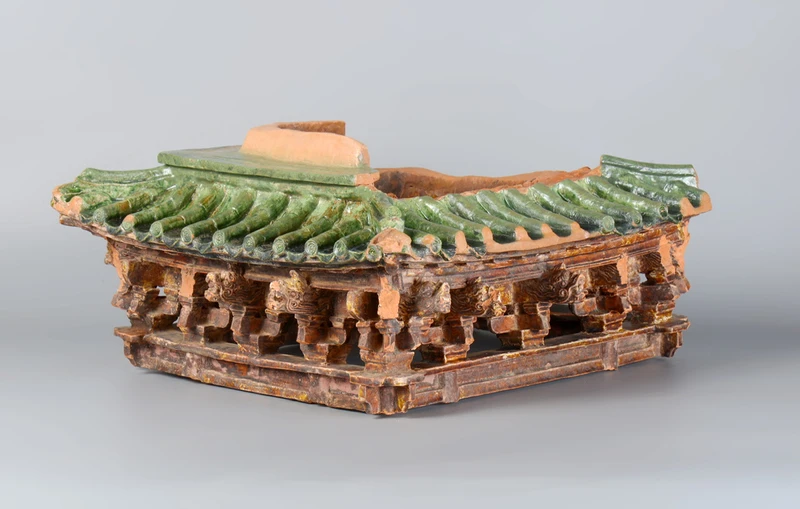






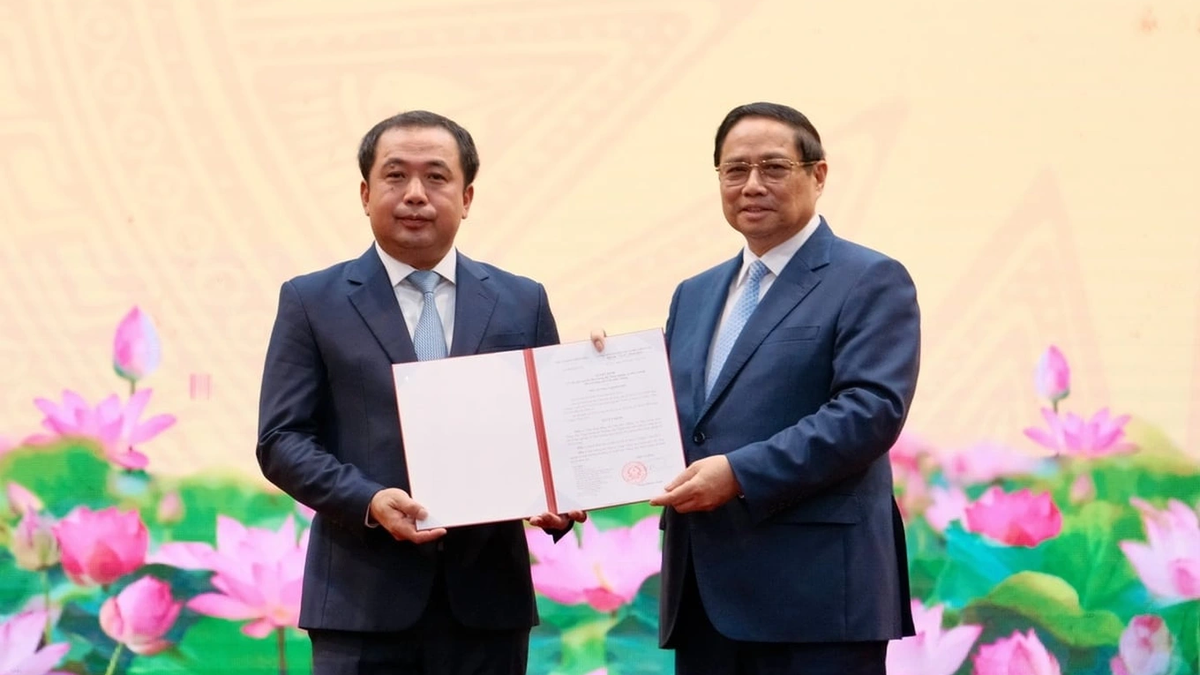


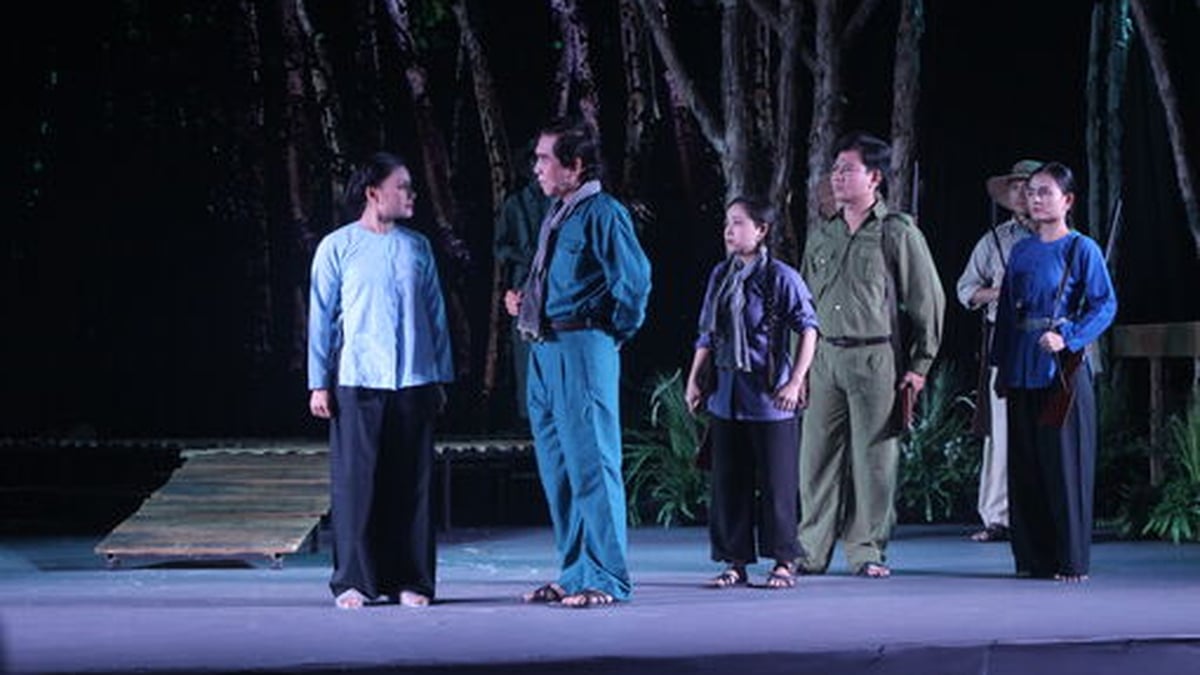
























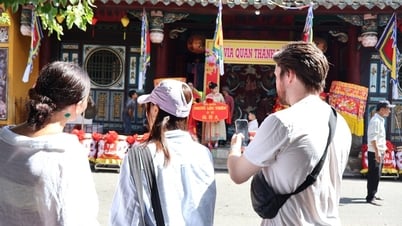










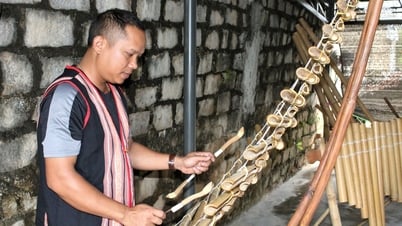


















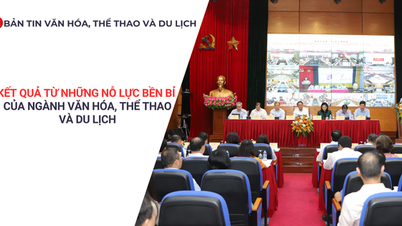


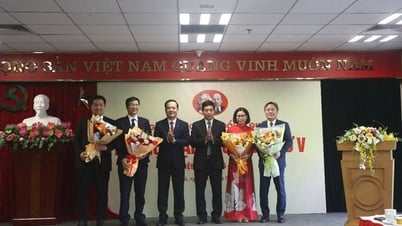




























Comment (0)